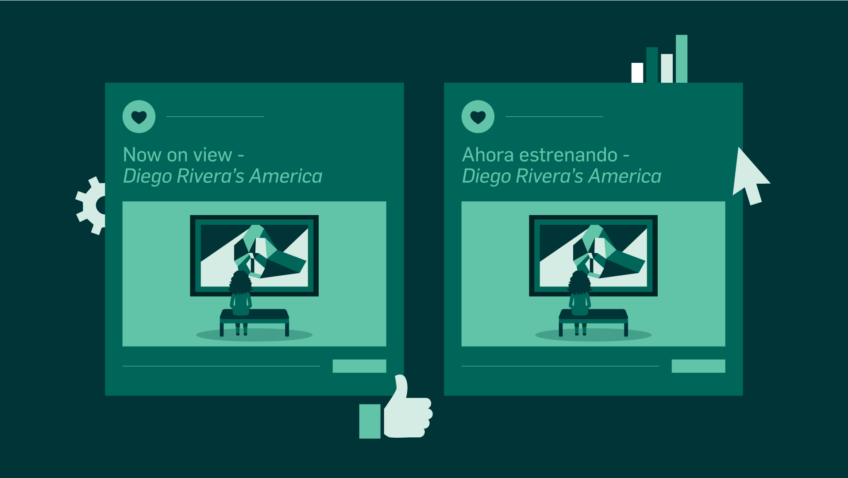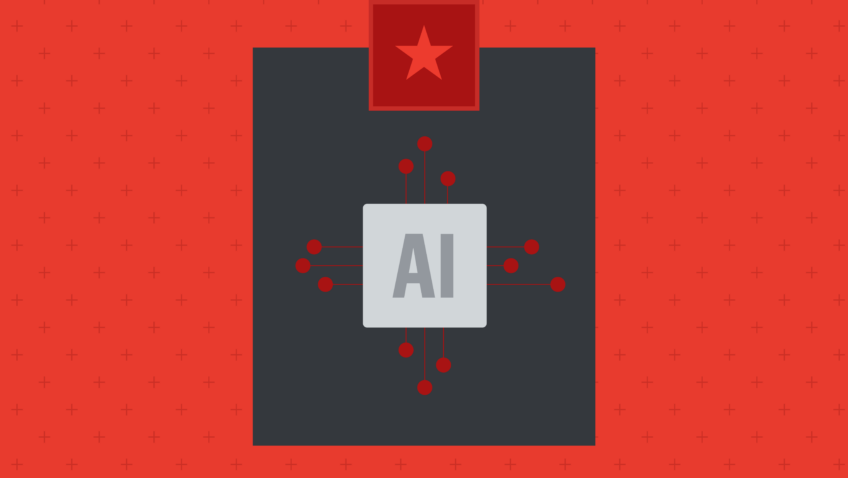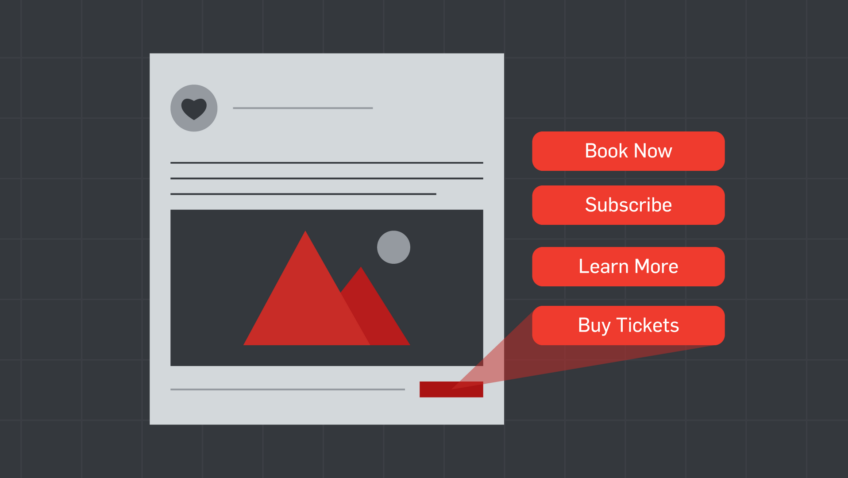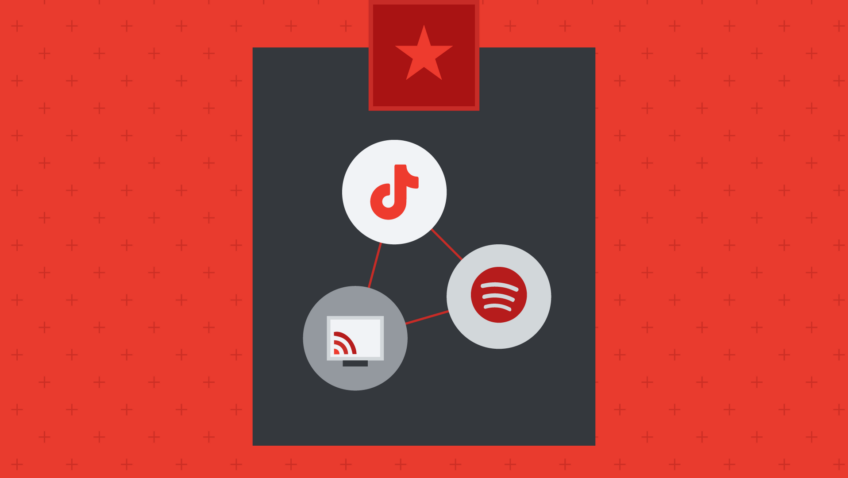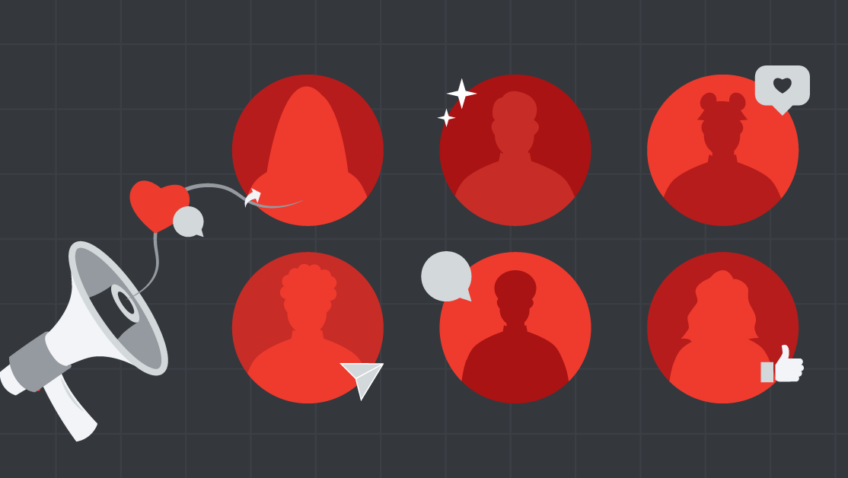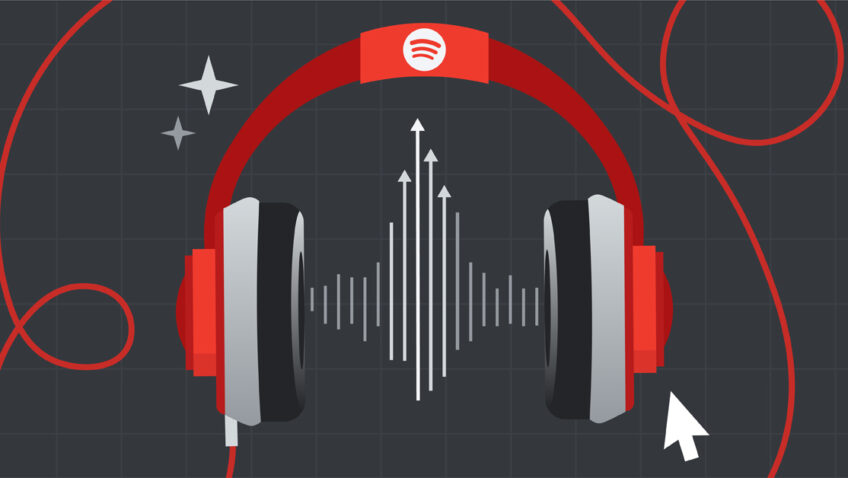Google Grant Changes: Early Learnings
Google recently announced new rules for their Google Grant program, which included increasing the maximum cost-per-click (CPC) from $1 to $2 and placing ads from Google Grant accounts below paid account results. When I first heard the news I was worried, but it turns out this is good news for arts orgs. We have some results after a few weeks of managing accounts using the new rules.
Result 1: Ability to participate in more competitive auctions and grow non-brand keywords
With the increased CPC, grant accounts are able to participate in more competitive keyword auctions, ones we could not utilize under the $1 max. And most importantly these auctions are for non-brand keywords, the keywords that have the best potential for new business. In the past, terms like “Arts Events Bay Area” were above the $1 max, so Grant accounts ads even with very high quality scores rarely appeared. Now grant accounts are getting shown more often in these auctions.
Result 2: Still room to grow
Since most arts organizations serve regional audiences, it was very hard to use the entire $10,000 monthly budget at the previous $1 CPC max. There simply was not enough search demand on keywords, even when you got very creative. So, by increasing bids from $1 to $2, arts orgs can engage in more competitive auctions and still not hit the $10,000 monthly ceiling. If you were serving a national audience it would be much easier to burn through the full $10,000 each month. So organizations that have a more national footprint will not be able to drive as many clicks.
However, rarely is a $2 bid billed at $2. The amount charged is driven by the competitiveness of the auction. So sometimes a $2 bid will only be charged $1.02 when clicked, for example. But now your grant account can compete in this auction for just an additional $.02, where in the past you couldn’t even compete.
Result 3: Average position improving
I was initially concerned that average ad position would decrease with Google Grant accounts now appearing below paid account results. However, we have seen higher positions which result in more clicks. This may seem strange, but I think grant accounts were so limited by the $1 ceiling, even with great quality scores, they could not appear in some auctions they belonged in. This is going to get technical, so bear with me.
Google determines ad position with this formula:
Ad position = max CPC x Quality Score
(Quality score is determined by many factors including landing page relevance, how well your keywords match your ad, account organization, etc.)
So even if you had a quality score of 8 with a max CPC of $1, your best possible rating for that keyword would be 8 (8 x 1). If non-grant advertisers were bidding a $3 max CPC and had a quality score of 6, they would get an ad position of 18 and your 8 would be too low for your ads to appear, even though your ad is super relevant. This is how ticket brokers can appear in search results but your grant ads would not.
Now that well organized grant accounts have a $2 max CPC, ad positions are getting boosted. Grant accounts still may not appear in some auctions or may appear below non-grant advertisers, but overall position is improving Plus ads driven by brand terms are still appearing in the first position bringing up the average.
Client Case Study
We saw the following results in the first week after the change for a regional theater client:
– Impressions tripled
– Clicks doubled
– Cost tripled
– Average position improved
– CPC almost doubled
– Conversions stayed flat (with the caveat that a production was winding down)
What does this mean? The higher CPC allows this account to participate in more non-branded term auctions and appear in a higher position, which results in more clicks. Conversions typically come from auctions using branded terms, which usually follow non-branded searches (first a user searches “Theaters in San Francisco,” the next search, once the user knows the theater name and production, is a brand term search and this is the session where they purchase). However, on the branded terms, the client did not see an advantage of having a higher CPC. So conversions are not seeing the same increases at this point, but eventually will. In the long run, improving engagement on the general terms should help raise conversions or assist with conversions both online and offline.
Bottom Line
These changes are good news for arts organizations and increase the importance of having a Google Grant and using AdWords.

